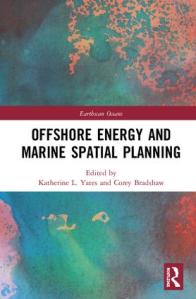 Published today on The Conversation by Ben Heard & me.
Published today on The Conversation by Ben Heard & me.
—
The IPCC fifth climate change report lays out a carbon budget that we must follow if we’re to keep the world under a temperature rise of 2C over pre-industrial levels – the widely accepted level above which lies catastrophic climate change. According to the report, we can “spend” 1,000 gigatonnes (Gt) CO2 in total. We’ve already spent more than half, and at the current rates we are on track to blow the other half in 30 years.
Not only is human society at risk from this unprecedented rate of warming, the ecosystems on which all life is based are also seriously under threat.
So it’s a timely moment to look at how we could avoid burning through our carbon budget, including controversial options such as nuclear energy.
This week marks the beginning of the Australian tour of a new documentary, Pandora’s Promise. The film aims to dispel myths and spark a debate about whether you can be simultaneously “pro-nuclear” and an environmentalist.
Renewable failure
Even with the best of intentions to reduce the magnitude of future climate disruption, decades of focus on carbon pricing and the promotion of renewable energy sources cannot hide our failure to provide scalable, large, reliable sources of clean (low or emissions-free) energy.
Today, wind turbines and solar panels combined deliver only around 3% of total electricity consumption in Australia, with coal providing 70 %, and gas another 20 %. The contribution of renewable energy has decreased over time – in 1960 renewable energy contributed 19% (largely thanks to hydropower) and coal 76 %. Total renewable energy contribution today, including hydro, has shrunk to 9%.
This is thanks, in substantial part, to the mismatch between dispersed, intermittent wind and solar technologies and the large, continuous fossil fuels we need to replace.
These sobering statistics are in no way an argument to abandon renewables, but they are evidence of a serious failure to date and point to near-certain failure in future. Passing the blame to media, fossil fuel interests or other favoured scapegoats makes us feel good and is no doubt deserved. But we must also cease avoiding uncomfortable truths about the inadequacy of the solutions we have advocated to date. Read the rest of this entry »



 Anyone familiar with this blog and our work on energy issues will not be surprised by my sincere
Anyone familiar with this blog and our work on energy issues will not be surprised by my sincere 


